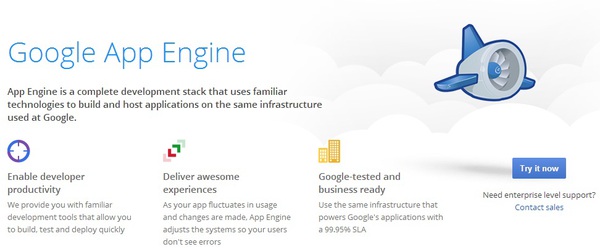The public cloud is a great solution to a wide selection of problems however there are times when its use is simply not appropriate. This is typical of organisations who have specific requirements around how their data is handled, usually due to data sovereignty or regulatory compliance. However whilst the public cloud is a great way to bolster your infrastructure on the cheap (although that’s debatable when you start ramping up your VM size) it doesn’t take advantage of the current investments in infrastructure that you’ve already made. For large, established organisations this is not insignificant and is why many of them were reluctant to transition fully to public cloud based services. This is why I believe the future of the cloud will be paved with hybrid solutions, something I’ve been saying for years now.
Microsoft has finally shown that they’ve understood this with the release of Windows Azure Pack for Server 2012R2. Sure there was beginnings of it with SCVMM 2012 allowing you to add in your Azure account and move VMs up there but that kind of thing has been available for ages through hosting partners. The Azure Pack on the other hand brings features that were hidden behind the public cloud wall down to the private level, allowing you to make full use of it without having to rely on Azure. If I’m honest I thought that Microsoft would probably be the only ones to try this given their presence in both the cloud and enterprise space but it seems other companies have begun to notice the hybrid trend.
Google has been working with the engineers at Red Hat to produce the Test Compatibility Kit for Google App Engine. Essentially this kit provides the framework for verifying the API level functionality of a private Google App Engine implementation, something which is achievable through an application called CapeDwarf. The vast majority of the App Engine functionality is contained within that application, enough so that current developers on the platform could conceivably use their code using on premises infrastructure if they so wished. There doesn’t appear to be a bridge between the two currently, like there is with Azure, as CapeDwarf utilizes its own administrative console.
They’ve done the right thing by partnering with RedHat as otherwise they’d lack the penetration in the enterprise market to make this a worthwhile endeavour. I don’t know how much presence JBoss/OpenShift has though so it might be less of using current infrastructure and more about getting Google’s platform into more places than it currently is. I can’t seem to find any solid¹ market share figures to see how Google currently rates compared to the other primary providers but I’d hazard a guess they’re similar to Azure, I.E. far behind Rackspace and Amazon. The argument could be made that such software would hurt their public cloud product but I feel these kinds of solutions are the foot in the door needed to get organisations thinking about using these services.
Whilst my preferred cloud is still Azure I’m still a firm believer that the more options we have to realise the hybrid dream the better. We’re still a long way from having truly portable applications that can move between freely between private and public platforms but the roots are starting to take hold. Given the rapid pace of IT innovation I’m confident that the next couple years will see the hybrid dream fully realised and then I’ll finally be able to stop pining for it.
¹This article suggests that Microsoft has 20% of the market which, since Microsoft has raked in $1 billion, would peg the total market at some $5 billion total which is way out of line with what Gartner says. If you know of some cloud platform figures I’d like to see them as apart from AWS being number 1 I can’t find much else.




